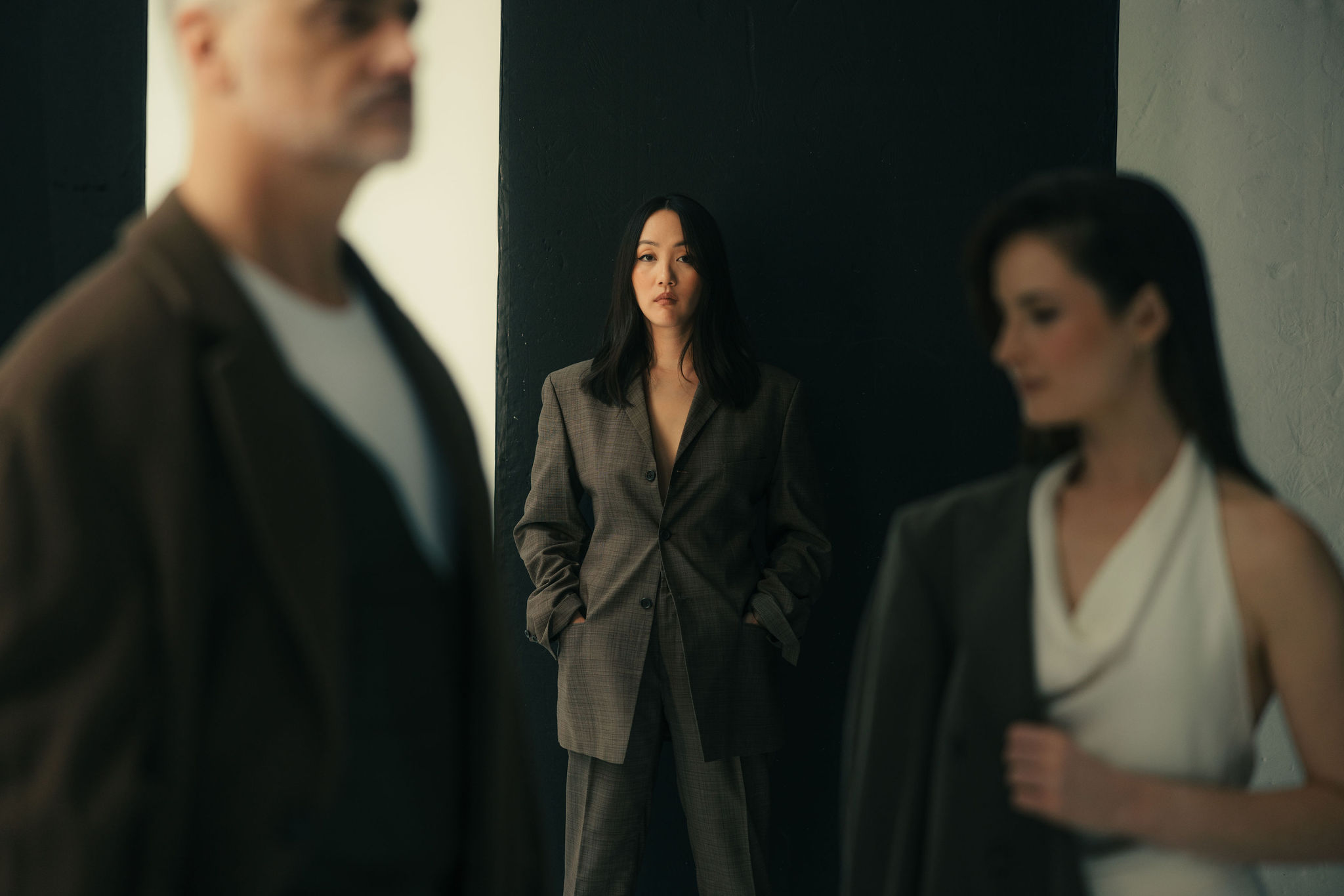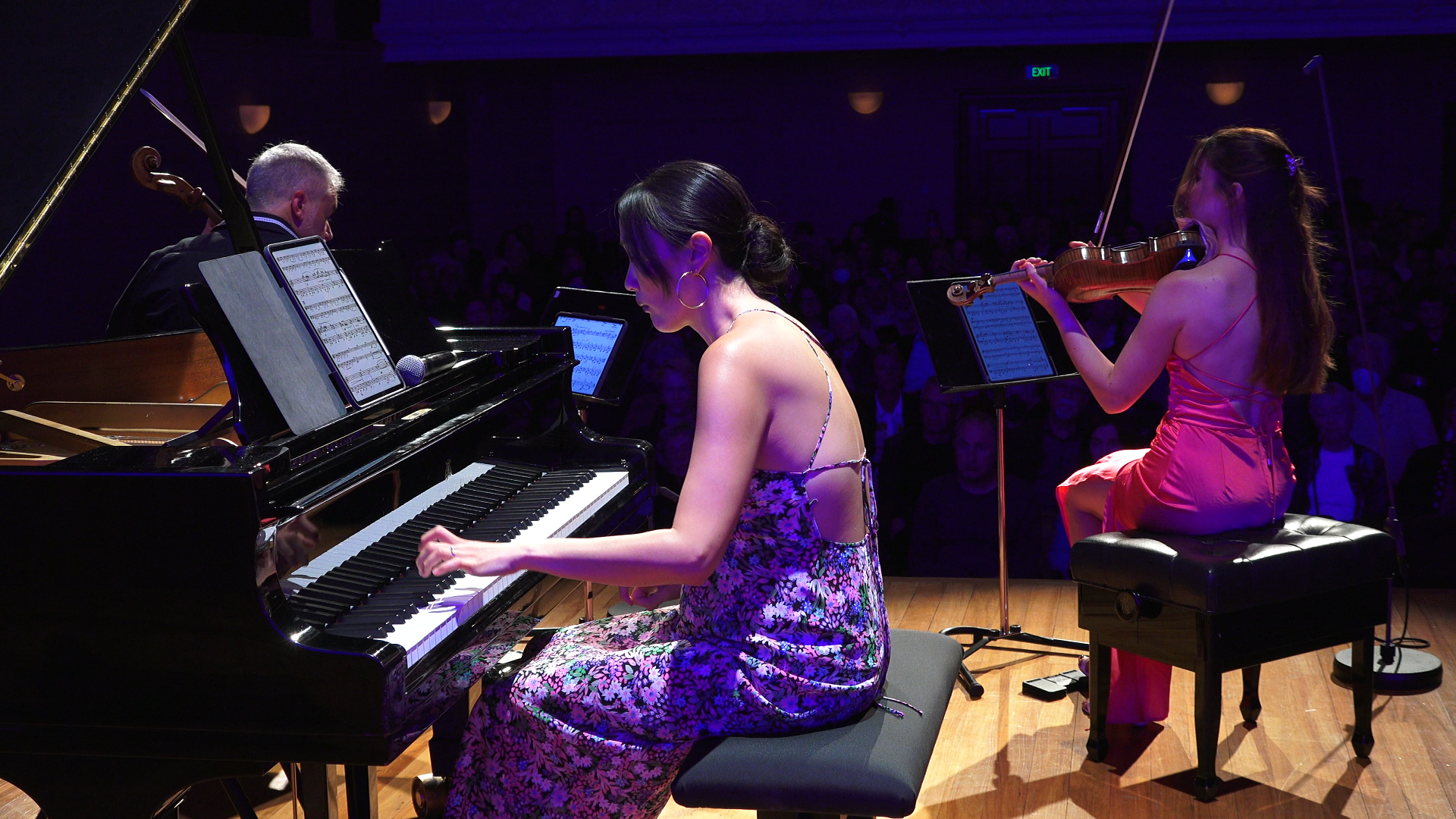Dramatic Skies: Stratus
18apr5:00 pmDramatic Skies: StratusAuckland Town Hall, Concert Chamber
Event Details
We’re thrilled to present this year’s subscription series Dramatic Skies: Stratus – April 18 Cumulus – September 5 Cirrus – December 12 As the name suggests, the series leads us through intense emotional contrasts,
Event Details
We’re thrilled to present this year’s subscription series Dramatic Skies:
Stratus – April 18
Cumulus – September 5
Cirrus – December 12
As the name suggests, the series leads us through intense emotional contrasts, from sweetness and light to drama and darkness. The bookends – two Rachmaninoff piano trios, both named élégiaque – indicate the powerful emotional journey within the series.
Each concert presents works from overseas and, like the clouds in the title, some are bright and billowy like familiar shapes passing by while others are dark, brooding and portentous. These globe-drifters gather around the lofty peaks of Aotearoa’s musical landscape. There are two Kiwi works at the heart of each concert, a brand new commission and an older favourite.
BOOK SERIES HERE
Dramatic Skies 1: Stratus
Sunday, April 18th, 5pm
Auckland Town Hall, Concert Chamber (new more intimate configuration)
Tickets $50 Adult / $25 Student / $135 Subscription
BOOK STRATUS HERE (in person)
BOOK STRATUS LIVESTREAM (online only)
Choose your level of support $50 / $30 / $10
PROGRAMME:
Rachmaninoff: Trio élégiaque No. 1 in G minor
Haydn: Piano Trio in G Major, Hob XV:25
Suk: Elegie in D flat Major, Op. 23
Cowan: Ultra Violet
de Lautour: An Auscultation of Water (new commission)
Chausson: Trio in G minor, Op. 3
Stratus begins the series enveloped in a foggy blanket of sound, with the dark, sumptuous depths of Rachmaninoff’s Trio élégiaque and Suk’s yearning Elegie, sandwiched around the cosy, rustic nature of Haydn’s sunny G Major trio. Claire Cowan’s Ultra Violet shimmers through the spectrum with its millions of colours; in Reuben De Latour’s new commission An Auscultation of Water we sink into the undulations of an aquatic heart beat; and we ascend again, evaporating into the melancholy, linear architecture of the Chausson Trio, reminiscent of Aotearoa’s eponymous threads of clouds hugging the horizon.
Duration 1.5 hours, plus interval followed by complimentary refreshments in the lounge.
Full programme notes below. Downloadable pdf programme notes are available via direct e-mail flyers to database subscribers. Subscribe to our database here.
Time
April 18, 2021 5:00 pm(GMT+12:00)
Location
Auckland Town Hall Concert Chamber
301/317 Queen Street
Programme Notes
Sergei Rachmaninoff (RUS; 1873 – 1943): Trio élégiaque No. 1 in G minor, c. 15’
Lento lugubre – Più vivo – Con anima – Appassionato – Tempo rubato – Risoluto – Tempo I – Più vivo – Con anima – Appassionato – Alla marcia funebre
The opening of this magical trio will stick in your mind forever. It’s the first that the Moscow public ever knew of this brilliant young pianist, Rachmaninoff, who had graduated early from piano (he was much better than any of his professors) and was now giving his final concert exam. He wowed them all with a virtuoso first half – Chopin, Liszt, Tchaikovsky – and then at the end there was this work: dashed off just two weeks before, in the space of three days. He never even bothered to publish it, and it was the first and last performance of his lifetime. All the more astonishing when you consider he was only nineteen.
Much has been made of its similarity to Tchaikovsky’s own A minor trio, an elegy to Rubinstein that had been premiered only the year before. Rachmaninoff idolised Tchaikovsky. He was no longer teaching on staff but he headed the examinations board, had given Rachmaninoff his first paid commission, and you can hear the influence – the fact it’s cast in one long continuous movement, the funeral march at the end, the mood of yearning melancholy. And yet, the passion here, the powerful sweep of it leading to a sombre close, is something that is Rachmaninoff’s own. Plus – he had his own right to be melancholy. He had a difficult childhood, his father had squandered the family fortune, his parents had separated, his sister had died – and he had just spent a horrible winter depressed and ill from a fever caught while swimming in the chilly River Matir. But the concert was a triumph and, more importantly, Tchaikovsky was impressed. He was awarded top marks and ended up graduating with the Great Gold Medal.
The piano has pride of place, unsurprisingly, with that ethereal opening over the strings. In one continuous movement, the form is right there in the tempo markings: lugubrious, livelier, animated (the violin introduces melody number two), before the main theme storms back in, passionately. Then a thrilling development through various tempos and keys (wayward, resolute, tempo like the start), before once again building up to a massive, positively orchestral climax. This is pure Rachmaninoff. Finally, a pause – the music is exhausted. It returns one last time for the funeral, over sombre chords from the piano.
Joseph Haydn (AUT; 1732–1809): Piano Trio in G Major, Hob XV:25, c. 15’
I Andante
II Poco adagio, cantabile
III Rondo a l’Ongarese: Presto
Mrs. Schroeter presents her compliments to Mr. Haydn, and informs him, she is just returned to town and will be very happy to see him whenever it is convenient for him to give her a lesson. James str. Buckingham Gate. Wednesday, June 29th 1791
This is the Gypsy trio, that most famous of trios, taking its name from its final Hungarian gypsy-style rondo: Haydn was certainly very familiar with visiting gypsy bands from his time at the Esterhazy palace, and scholars have even narrowed down the tunes he uses to one county fifty miles to the southeast. The main one is a verbunkos, a recruiting dance used by Austrian soldiery to impress the peasants (plying them with drink in the meantime), and Haydn works these into a dazzling moto perpetuo that brought the house down in London. And it still does.
But the gypsy trio has a back-story that is even better. The letter writer above, Rebecca Schroeter, was the dedicatee of this trio and the late love of Haydn’s life. An amateur pianist in London, the widow of a German composer, she would have heard of the visit of the world-famous Joseph Haydn: and Haydn, for his part, had been completely unhappy with his wife for over thirty years. (The feeling was mutual.) He accepted Mrs Schroeter’s invitation, above; and so began a love affair that is documented in twenty two letters, carefully copied by Haydn into his journal. When he returned to London the second time he took lodgings as near to her as possible and much later told his biographer that he would have married her in a flash, if only he had been free.
And it is then, just before he left London for the last time, that he wrote the three greatest piano trios of his life and dedicated them all to her. This one begins with a variation movement, weaving between G major and minor, on a tune so beautiful it could be Mozart. The slow movement too is exceptionally beautiful, and you can easily imagine Mrs. Schroeter at the piano, Haydn on violin, taking over in the dreamy mid-section cantabile. And then, that dazzling finale. Two weeks later Haydn had left, never to return: but he and Mrs. Schroeter always stayed in touch, and he never again lived with his wife.
Josef Suk (CZ; 1874 – 1935): Elegie in D flat Major, Op. 23, c. 6’
This beautiful little piece is an elegy for Suk’s great friend Julius Zeyer, who had died the year before. One of the most important writers and poets in Bohemia, steeped in Czech folk lore, he had known them both when Suk’s beloved wife Otilie had been alive, Dvořák’s daughter, and so held a special place in his memory. Some of Suk’s loveliest incidental music (Radúz and Mahulena, Under the Apple Trees) was composed for Zeyer’s plays. This piece is subtitled Under the impression of Zeyer’s Vyšehrad, an epic poem about the most potent symbol in Czech history, the ancient fortress on the rock overlooking Prague. It’s built around this beautiful, yearning phrase that is introduced by the violin, developed by the cello, with two brief interruptions – an impassioned Czech dance, first, and then (after another impassioned chord and a sudden moment of stillness) a quote from Dvořák’s Rusalka before it winds its way to a peaceful conclusion.
Claire Cowan (NZ; b. 1983): Ultra Violet – c. 5’
“I learned that the mantis shrimp (which is the most lusciously hued crustaecean in the world) can see more colours than any creature on earth. Ultra Violet vision (at one far end of the colour spectrum) is only known to a few humans on Earth. But many birds and insects possess this quality. It is innate to their survival and navigation systems. This piece explores my continued fascination with the seemingly simple yet endlessly complex, through the growth and development of a single musical statement. What does it need to survive? How must it adapt to move forward? How will it change colour and mood with the simple addition of a non-related pitch? I think of myself as a bird, navigating through a musical landscape guided by intuition, and on a journey to create and discover colours beyond the edges of our visible spectrum.” – Claire Cowan
Cowan graduated from Auckland University in 2006 with honours, was composer in residence with the NZSO National Youth Orchestra that year, and won the NZSO-Todd Young Composer Award the following year. She has written music for theatre, television and film as well as orchestra and chamber ensembles. In 2008 she lived in New York, where she worked with the underground puppet movement, eventually writing the score for an award-winning puppet movie Moonfishing. Her 2013 commission titled Subtle Dances has been one of NZTrio’s most performed works across New Zealand, Europe, and Australasia.
Ultra Violet was co-commissioned by Chamber Music New Zealand and NZTrio in 2015.
Reuben de Lautour (NZ; b: 1969): An Auscultation of Water, c. 8’ (new commission)
The word auscultation describes the process of a physician listening to the body of a patient, usually through a stethoscope, in order to gather information about the health of the heart and respiratory system. An Auscultation of Water is one of a series of planned works the idea of auscultation is used as a metaphor for a sonic exploration of a particular idea or concept; in this case the idea of water. “As an avid field recordist and student of soundscape studies, I’m fond of capturing the sounds of water in various guises and locales: streams and rivers, waves, snow, rainfall, and so on. In this piece I attempt to translate this fascination with water into the sound world of the instruments of the piano trio. The sounds and musical textures are inspired by its mutability and flow, and are also a reflection on its significance as a life-sustaining force.“ – Reuben de Lautour
Reuben is a composer, pianist, and sound artist. He is currently Senior Lecturer and Head of New Music at the School of Music, University of Canterbury. Prior to this he taught instrumental and electroacoustic composition at Istanbul Technical University’s Centre for Advanced Studies in Music, where he founded the Program in Sonic Arts in 2012.
An Auscultation of Water is dedicated to and composed for NZTrio.
Ernest Chausson (1855 – 99): Piano Trio in G minor, Op. 3, c. 31’
Pas trop lent – Animé
Vite
Assez lent
Animé
Chausson was a late starter. He came from the height of Parisian society – his father worked with Haussmann on the rebuilding of Paris – and everybody assumed he would go into law until he happened to travel to Munich to hear the Ring Cycle, fell absolutely in love with Wagner and enrolled in the Paris Conservatoire immediately on his return. You can hear an echo of Wagner in here as well as his professors, Massenet and César Franck. It is his only trio and in fact his whole output was not large – curtailed by his infamous death in a freak bicycle accident aged just 44. He’d prefigured it when he was young: “I have the premonition that my life will be short. I’m far from complaining about it, but I should not want to die before having done something.”
This is one of those somethings, although it was not published until 1919, long after his death. He was dealing with hurt pride at the time; Massenet had entered him in the prestigious Prix de Rome but he failed to win, and dropped out of Massenet’s class as a result. But he used his frustration to good purpose. This piano trio is a masterpiece, written in Switzerland at the end of his second year of study, in the summer of 1881.
The piano starts things off, mysteriously, before the main descending theme in the cello that forms the kernel of the entire work. Soon the animé bursts in and gallops through these contrasting moods, dense and impassioned, until reaching a fabulous climax that prefigures the finale. Then, the sun comes out! The second movement, transparent and cheerful, turns everything on its head only for the drama to return in the third movement. This is also where Chausson’s great gift for melody comes to the fore. But he still manages to save the best until last – the finale is breath-taking, a tour de force that begins a divine happy little waltz in the strings that quickly sweeps into a passionate development, gathering up all the strands that we’ve heard earlier before climaxing with the initial descending theme in the strings. For a moment we are held in suspension… before the piano drives the piece to its thrilling conclusion.
Programme notes for older works by Charlotte Wilson


